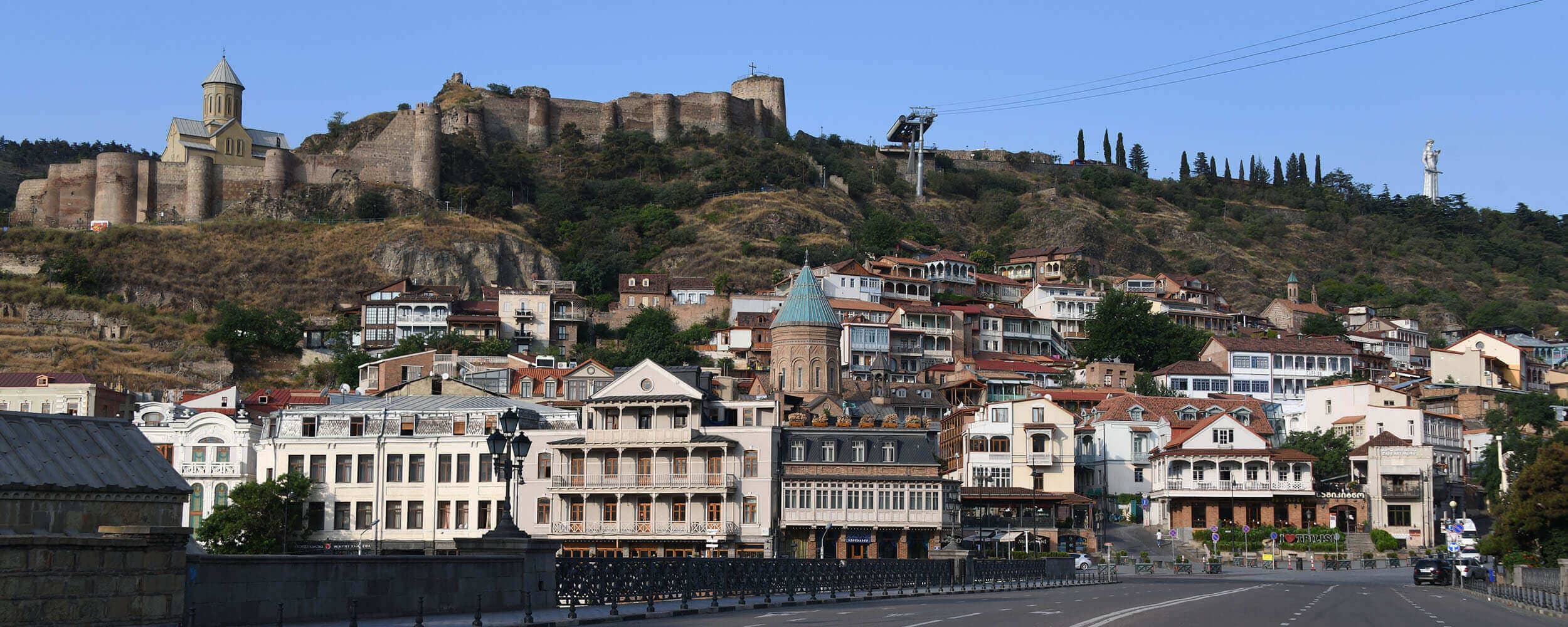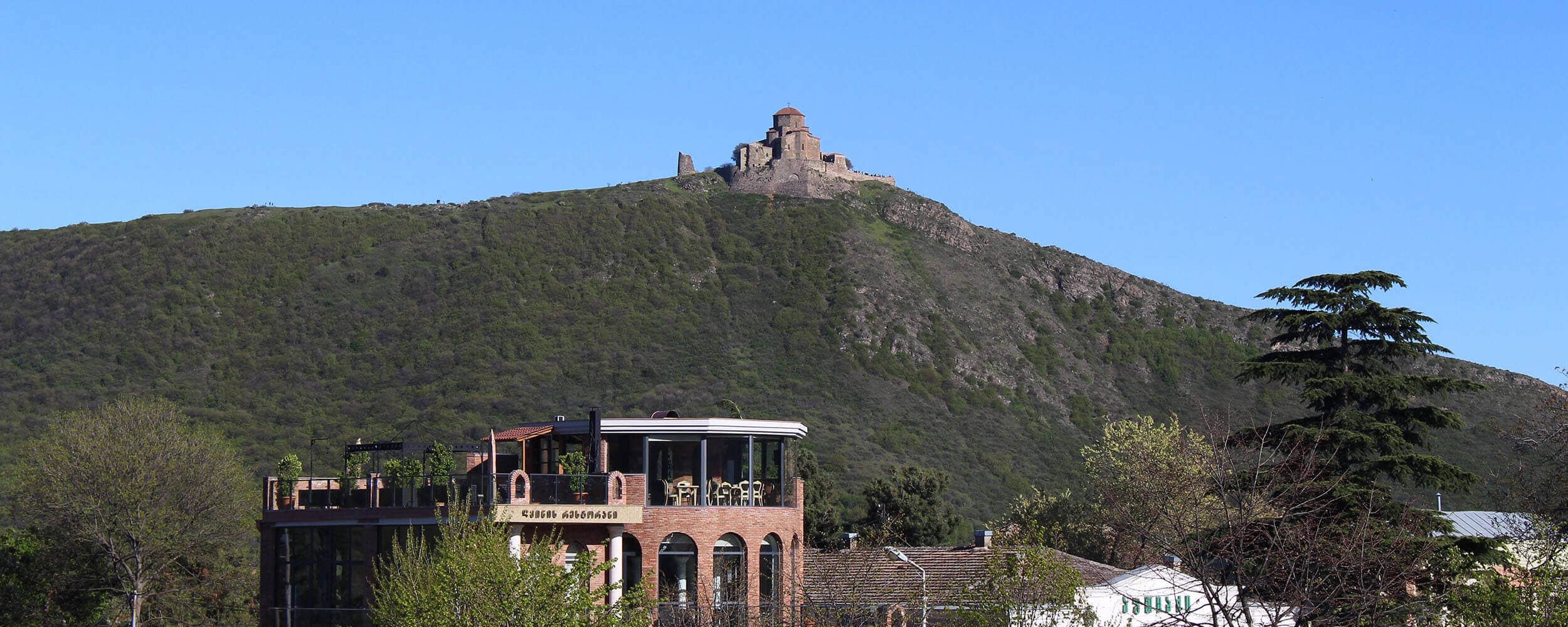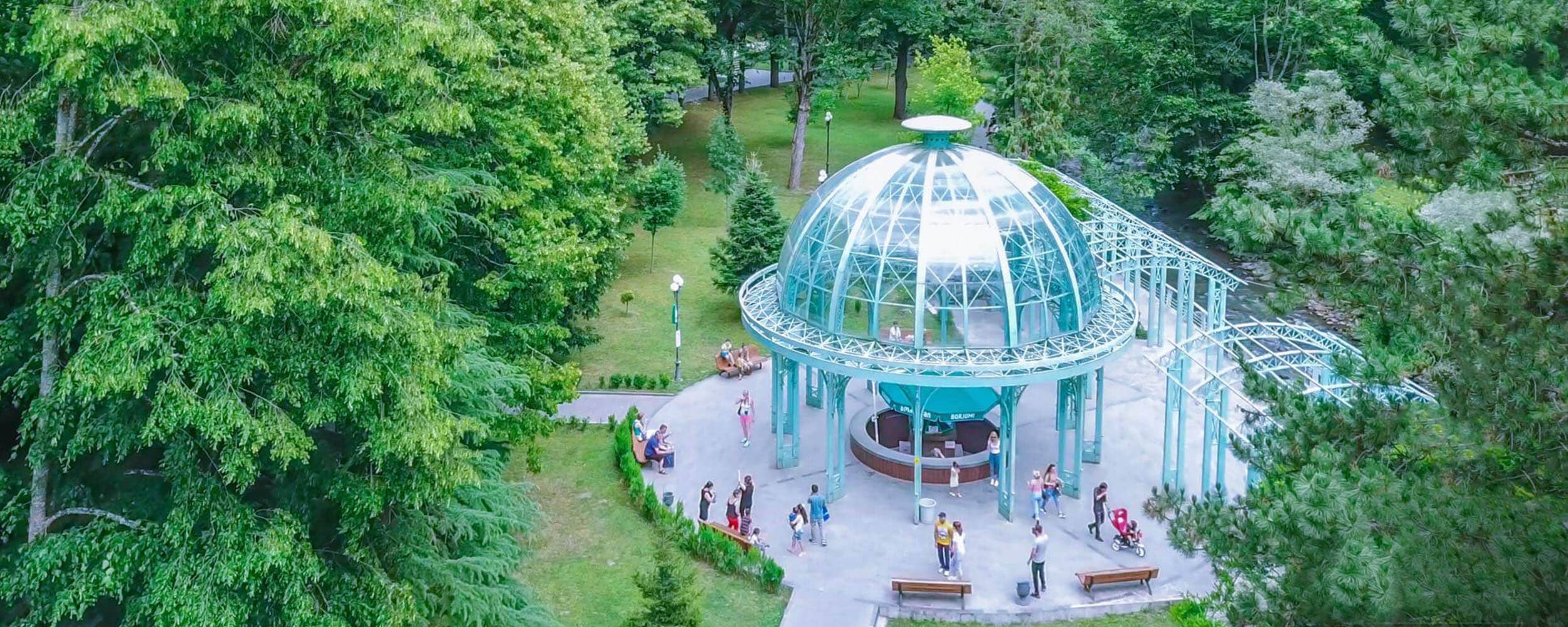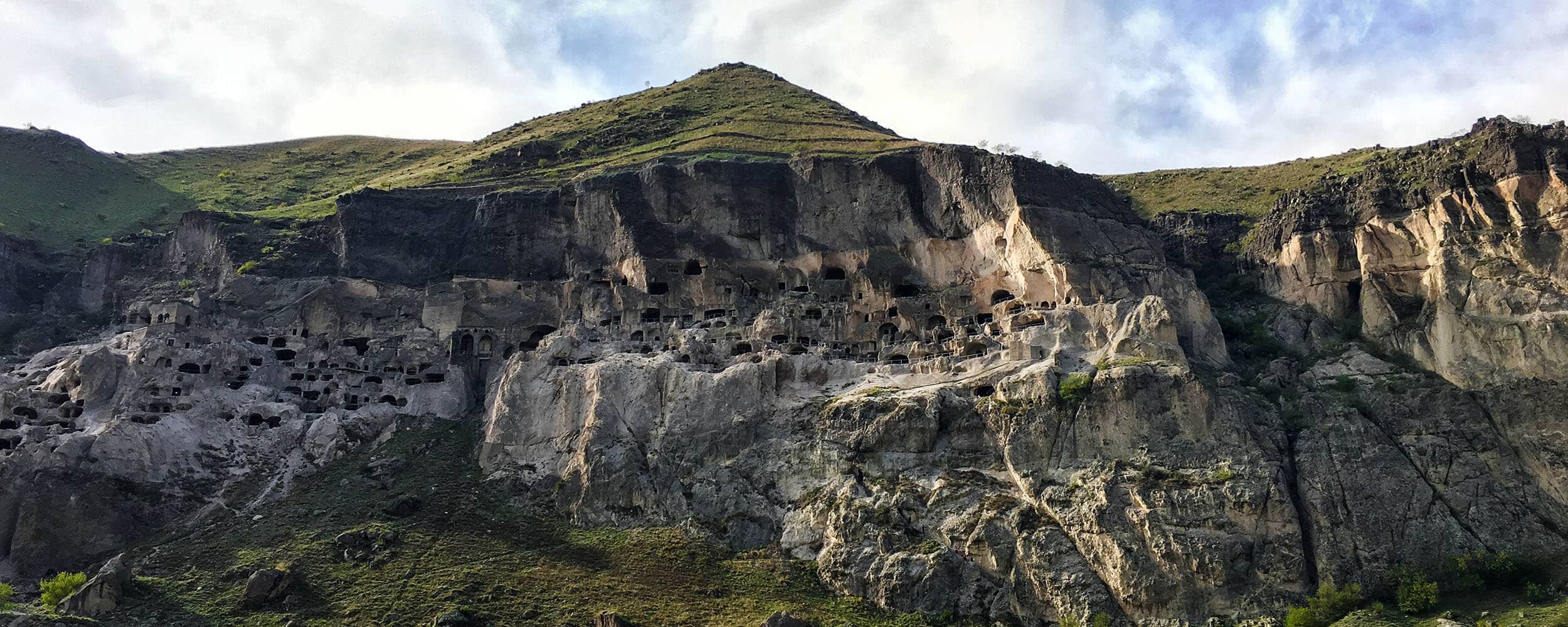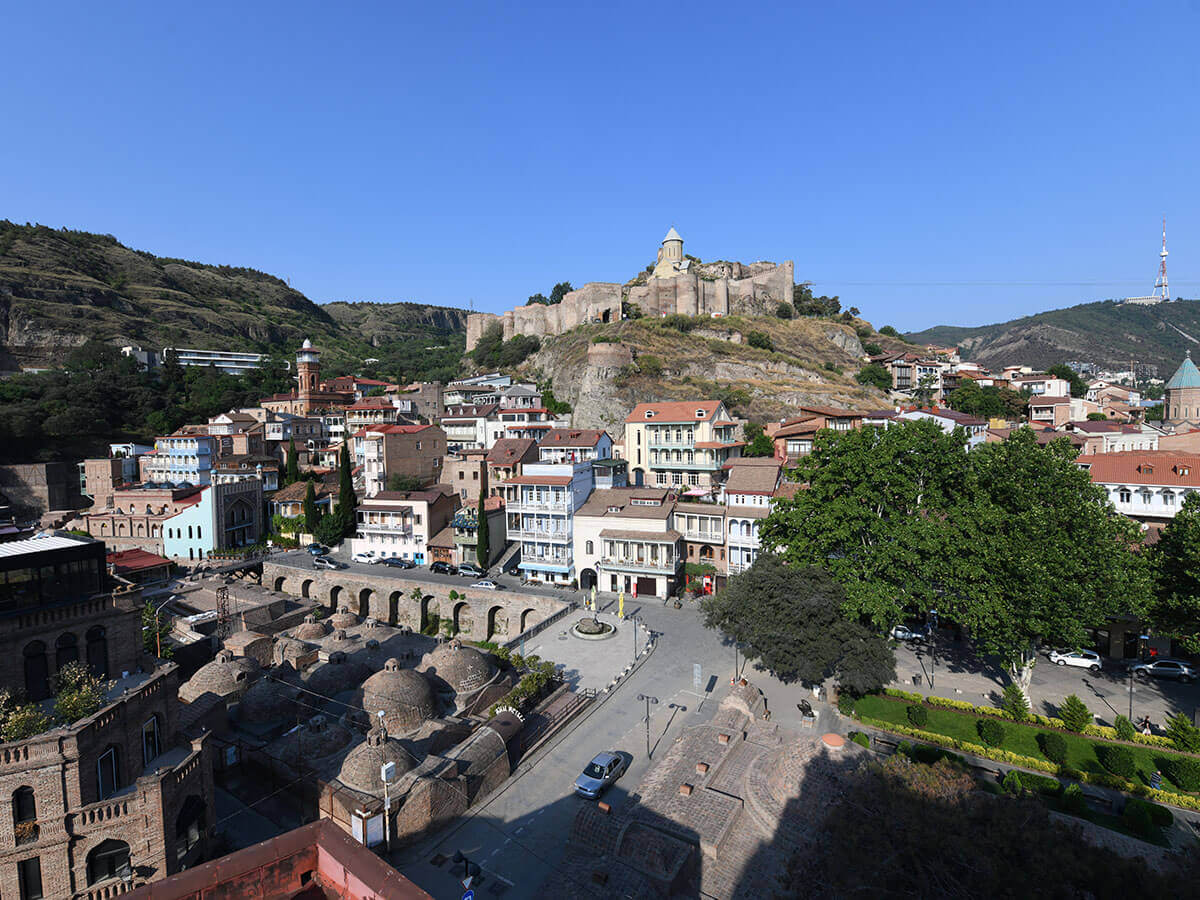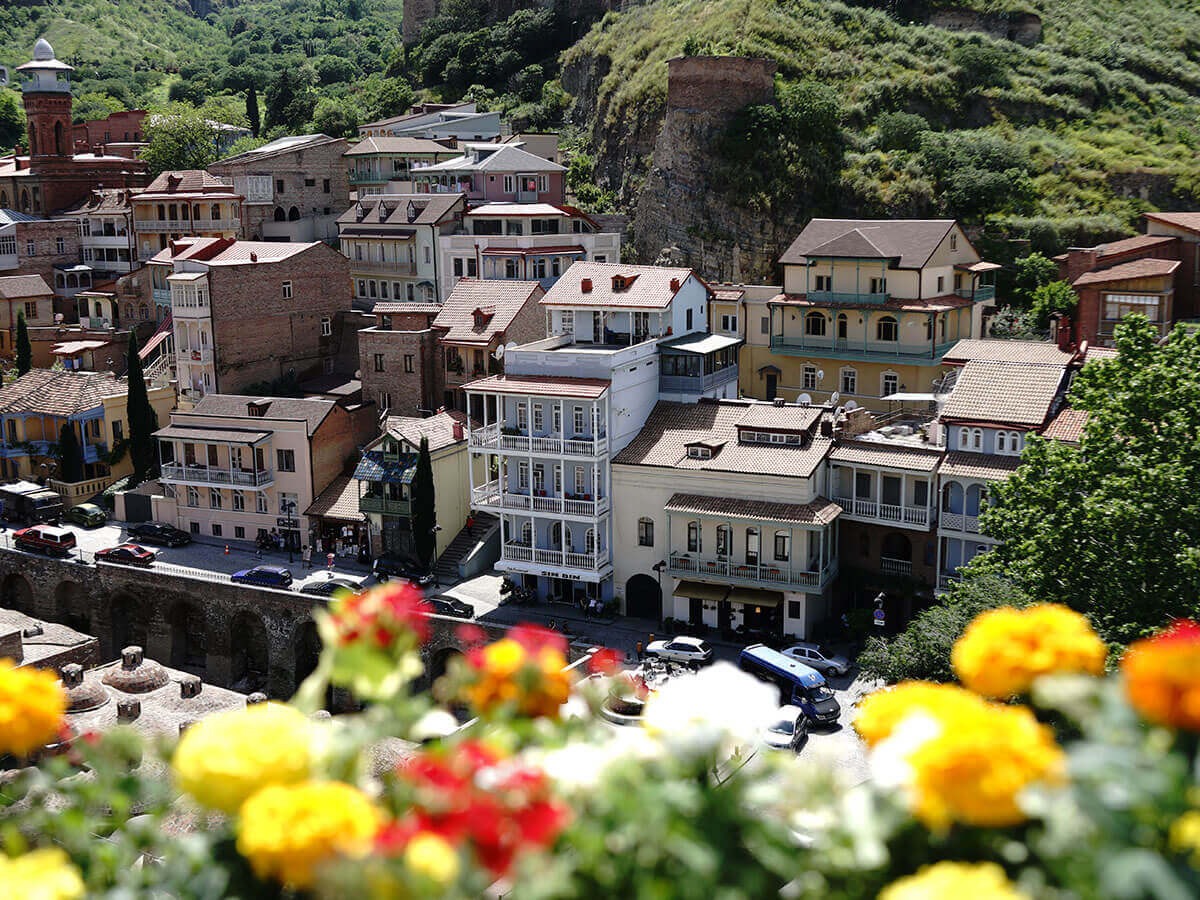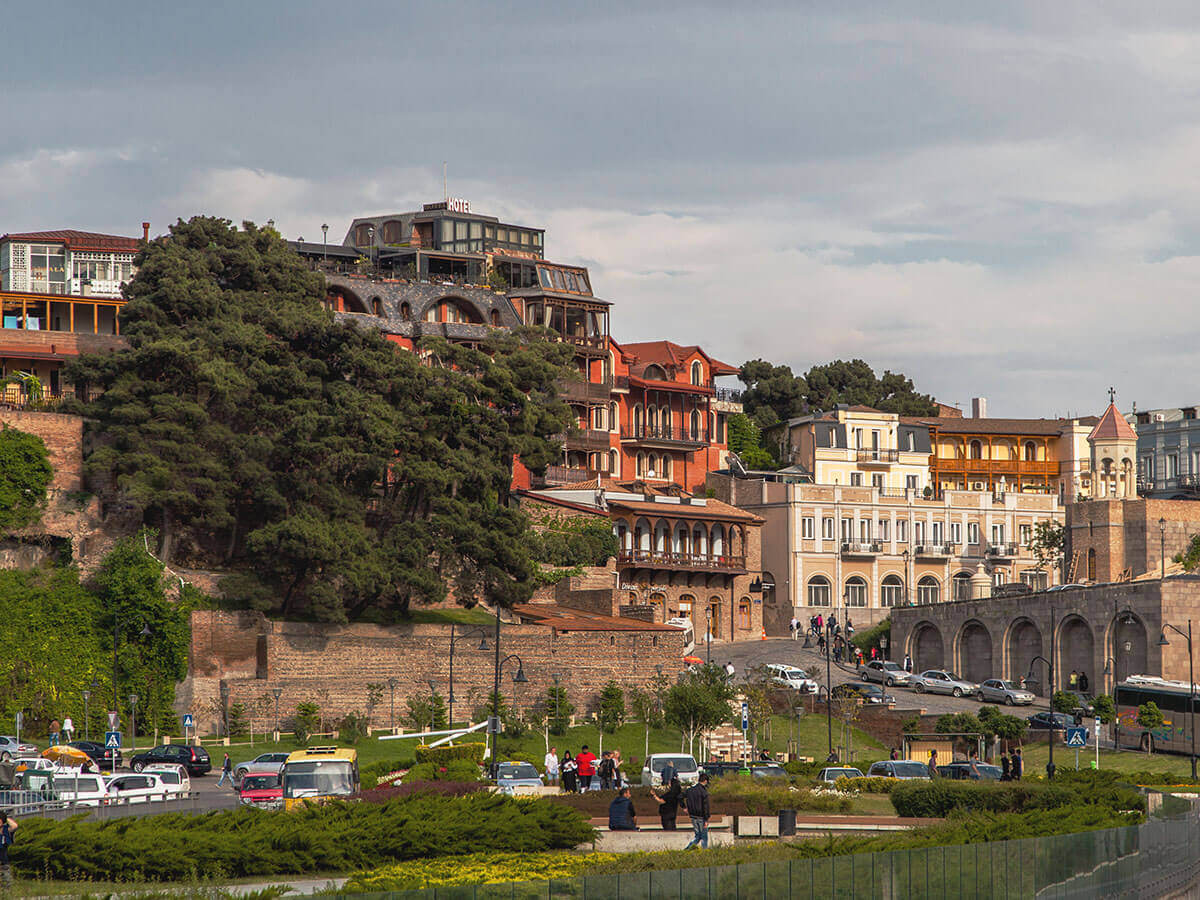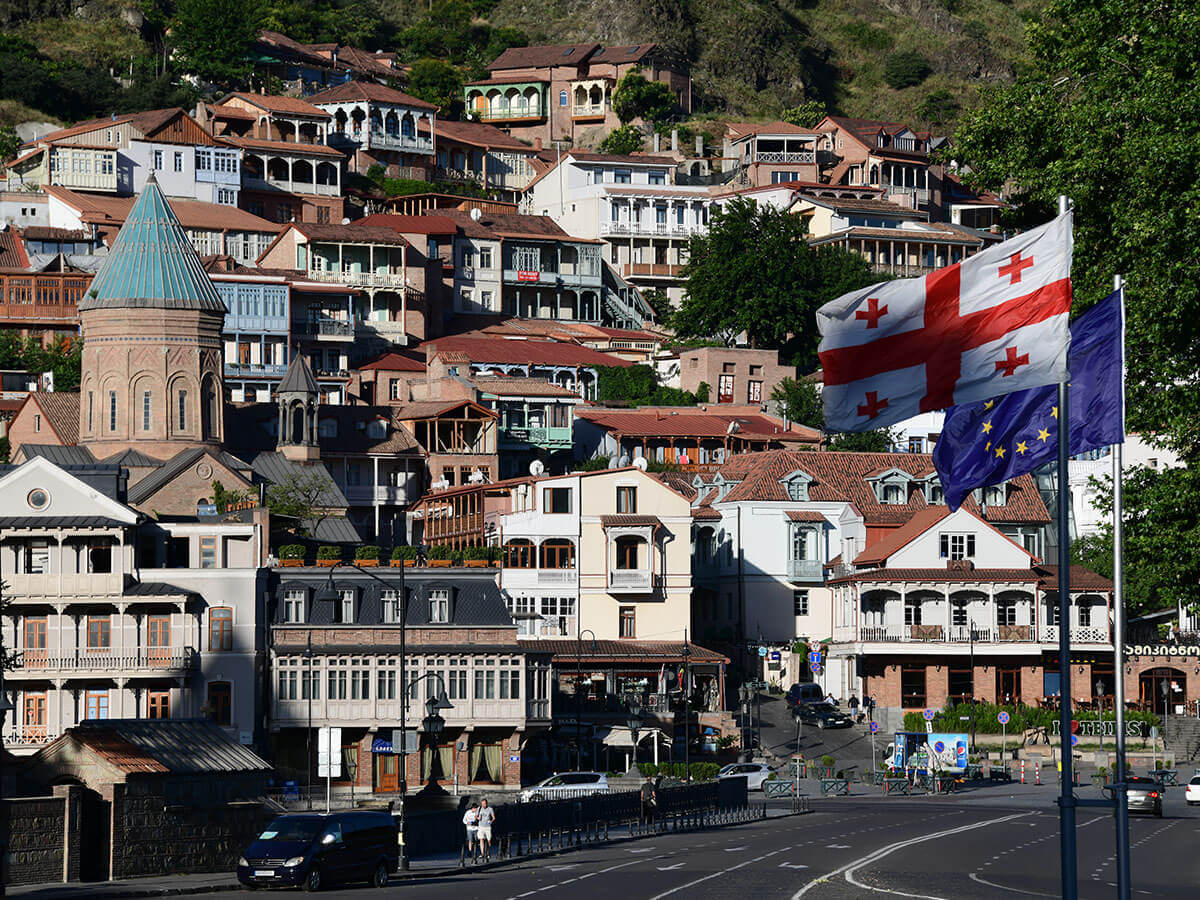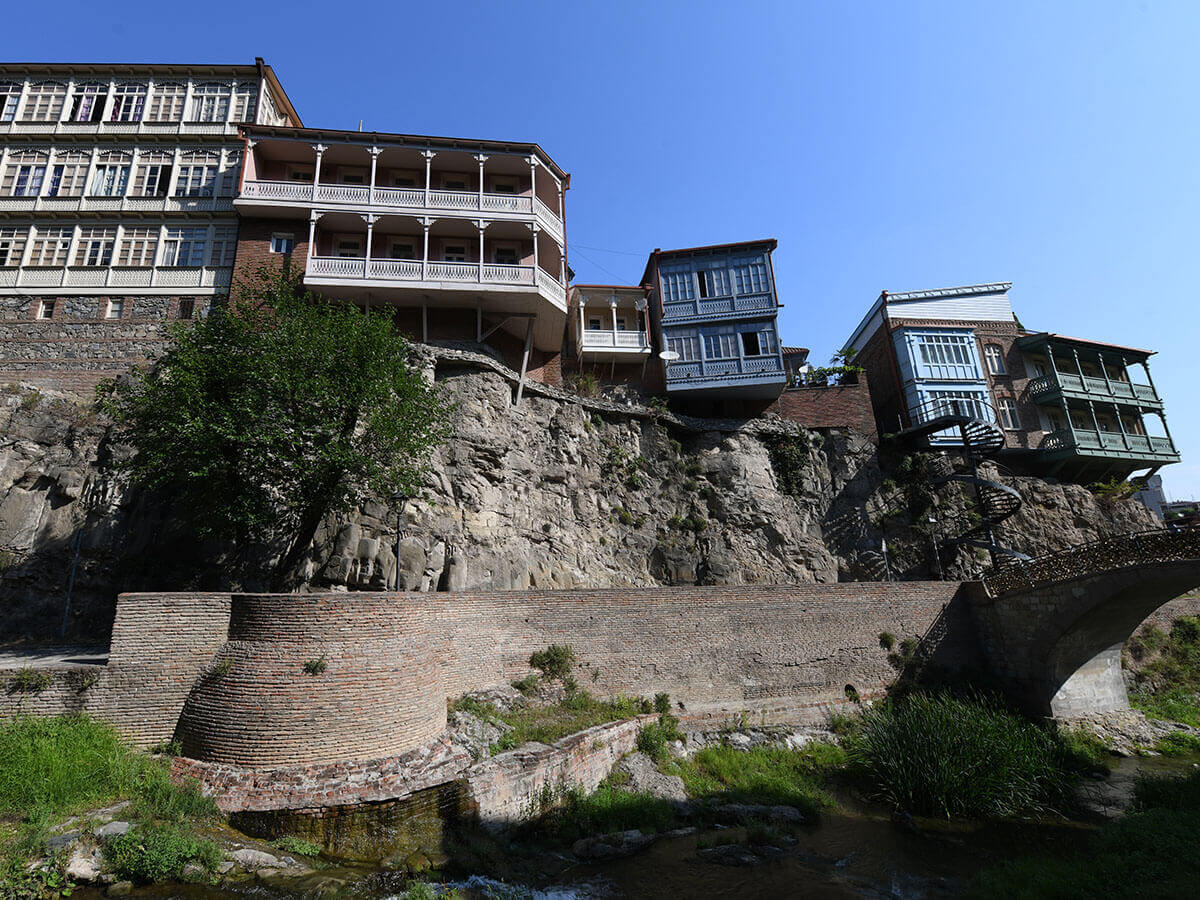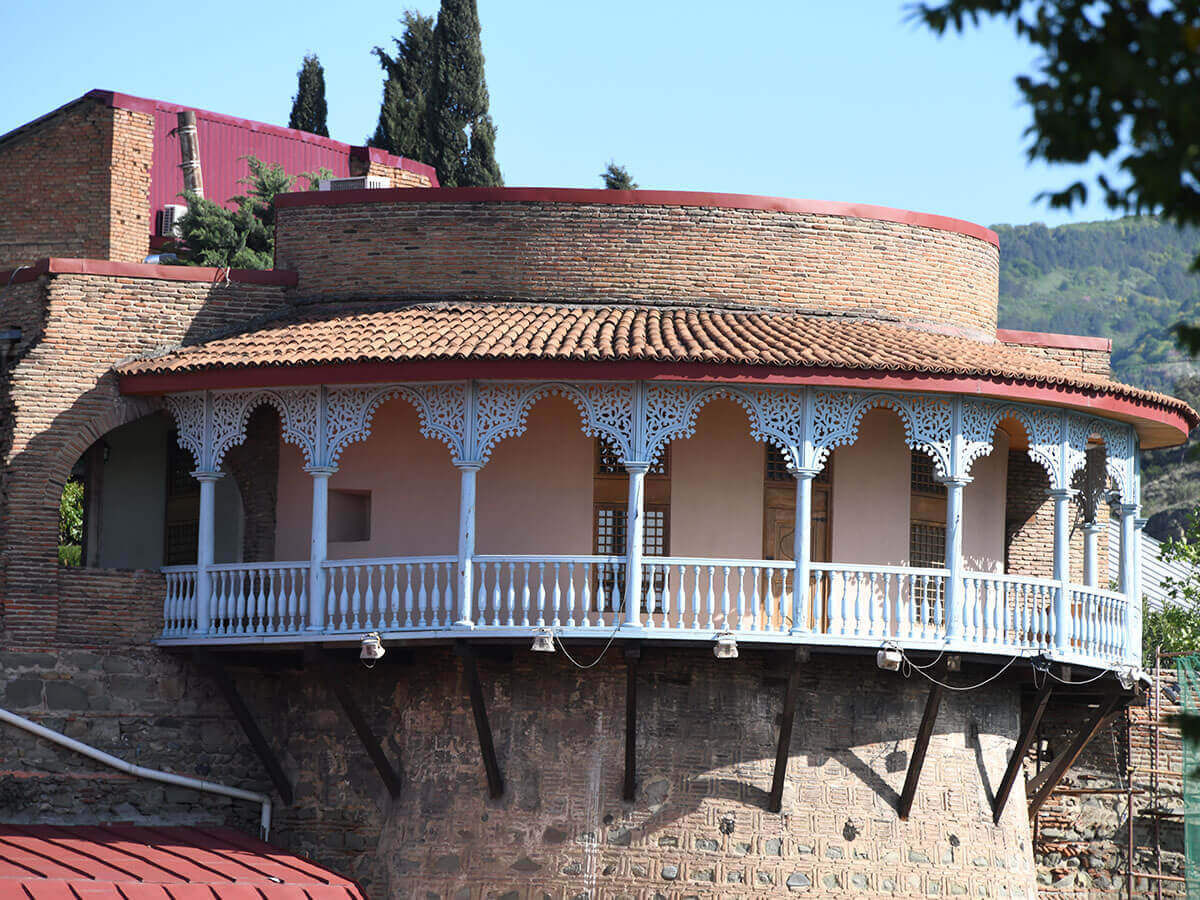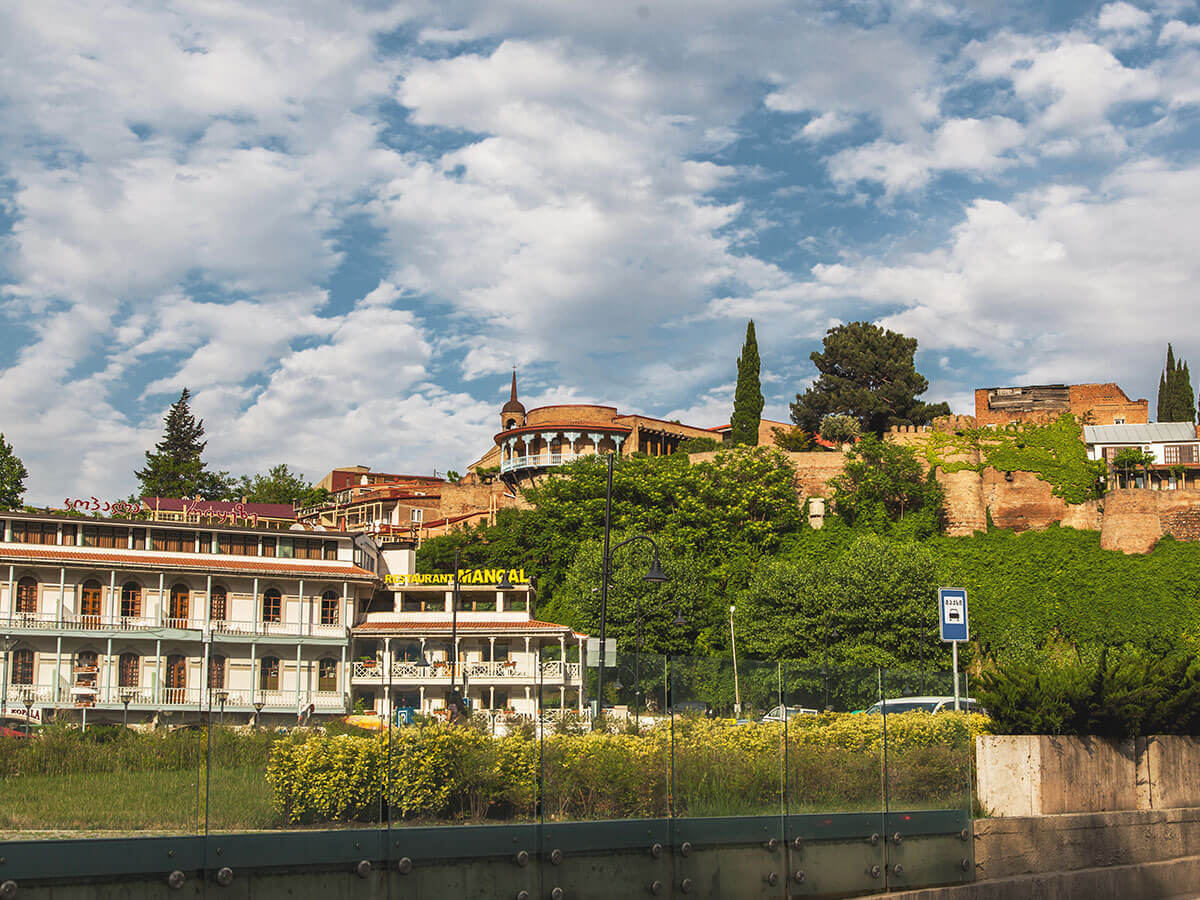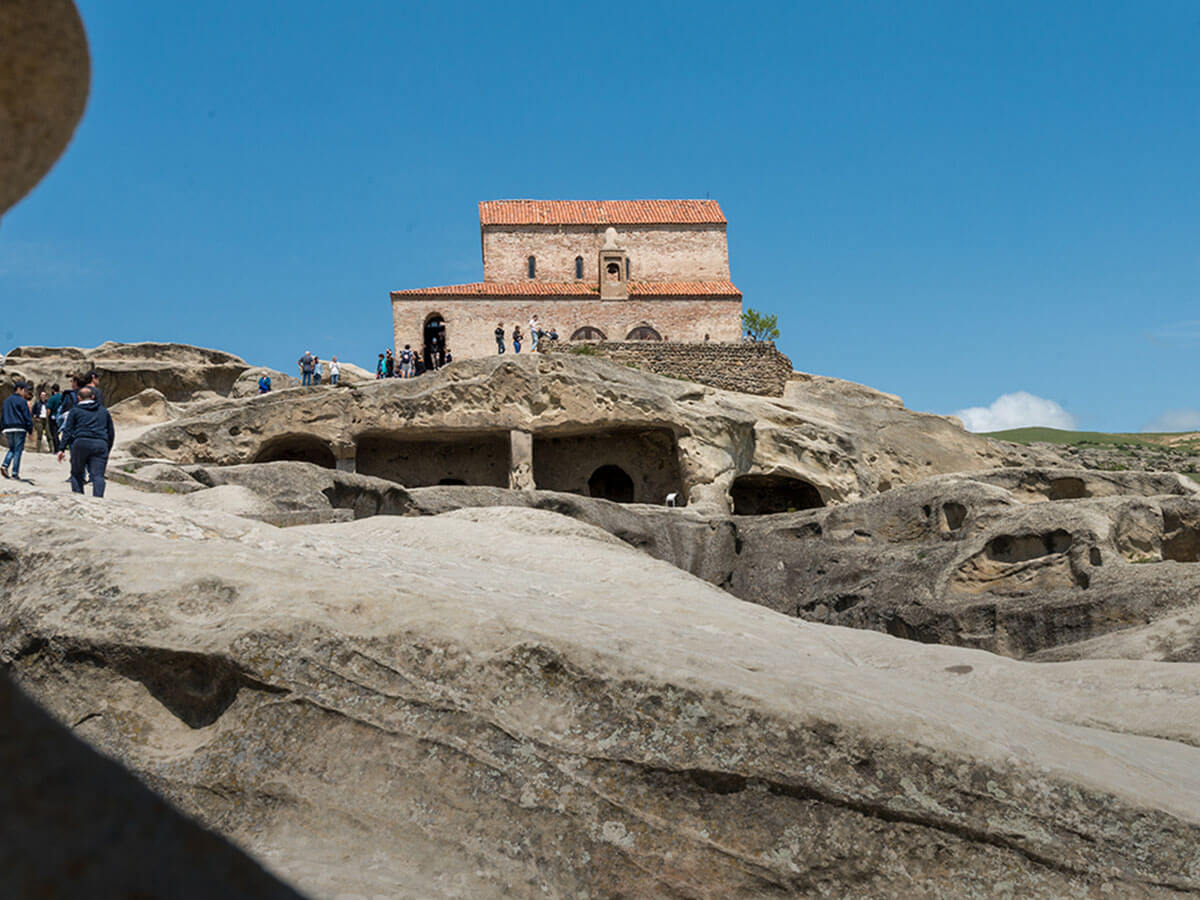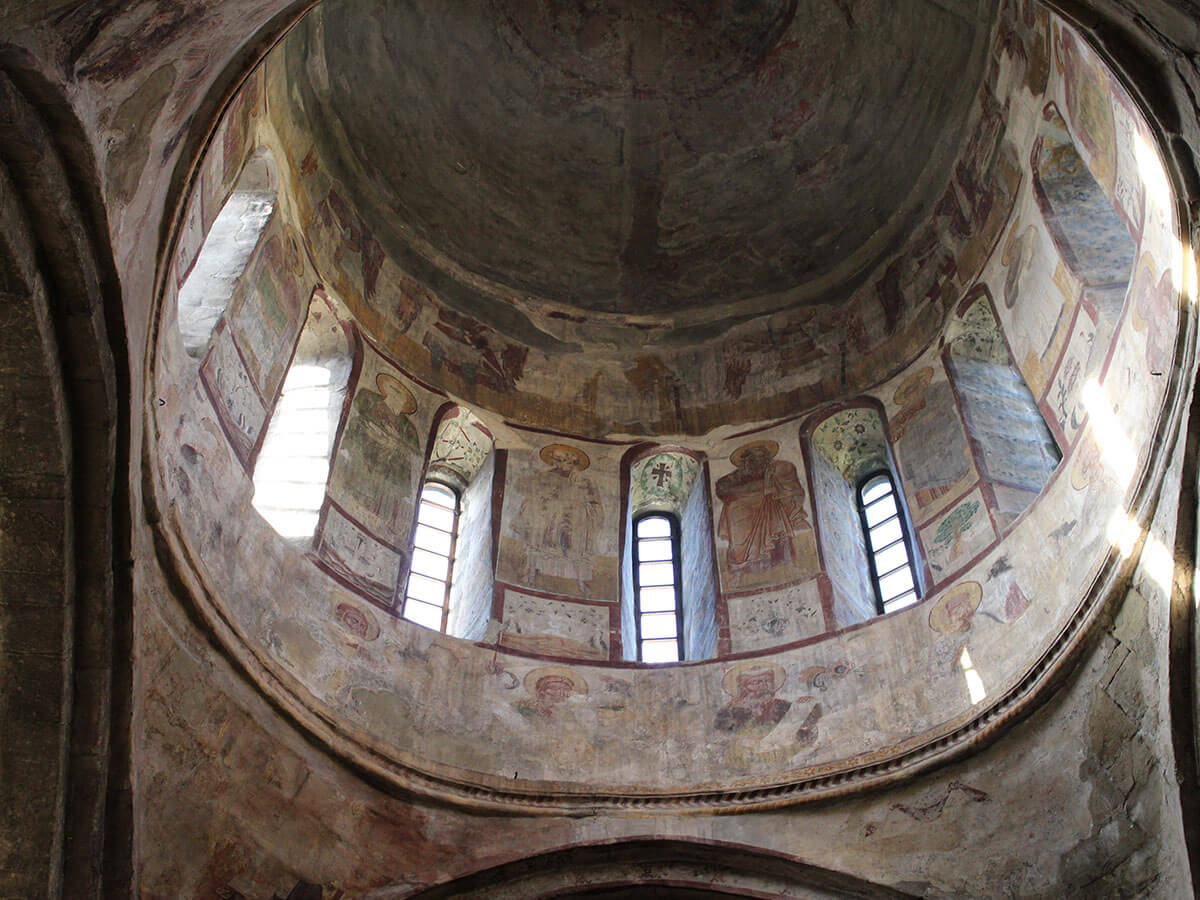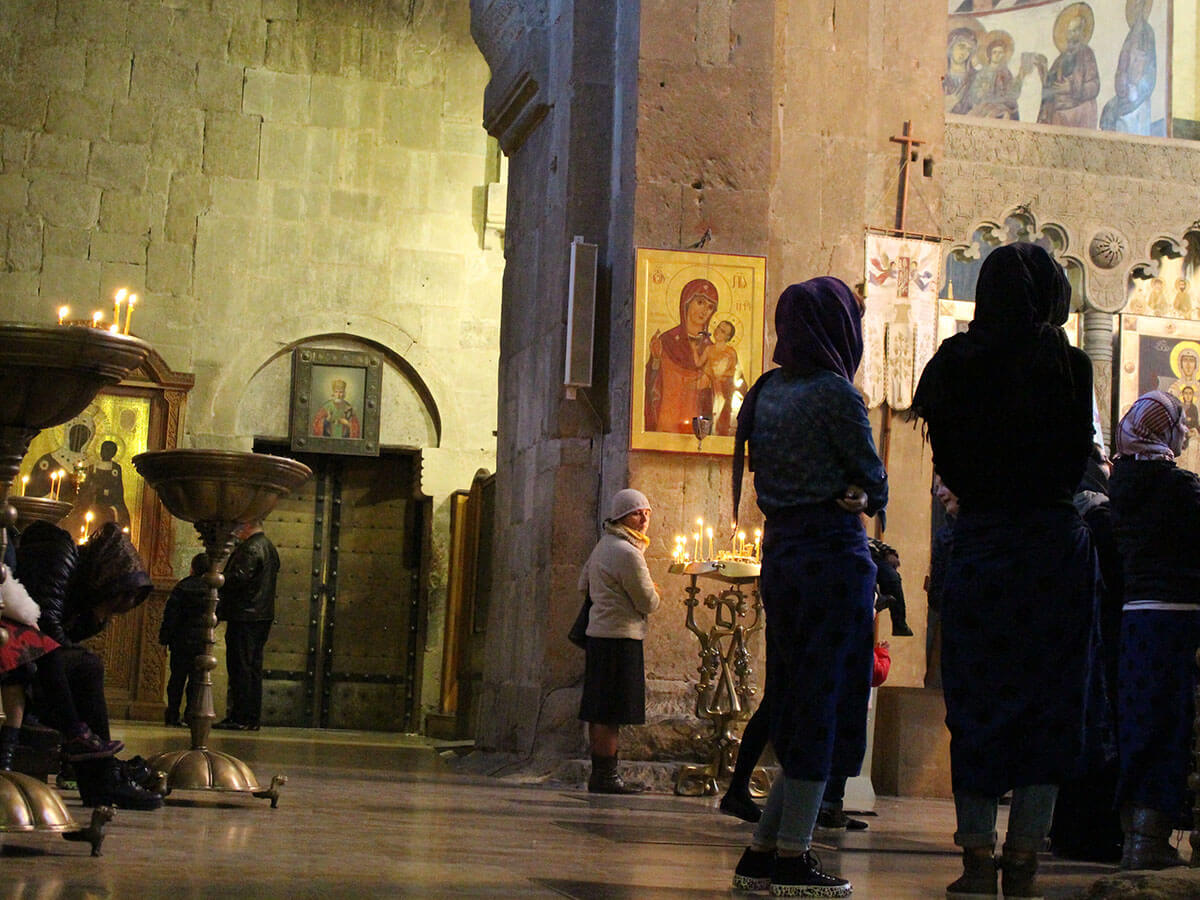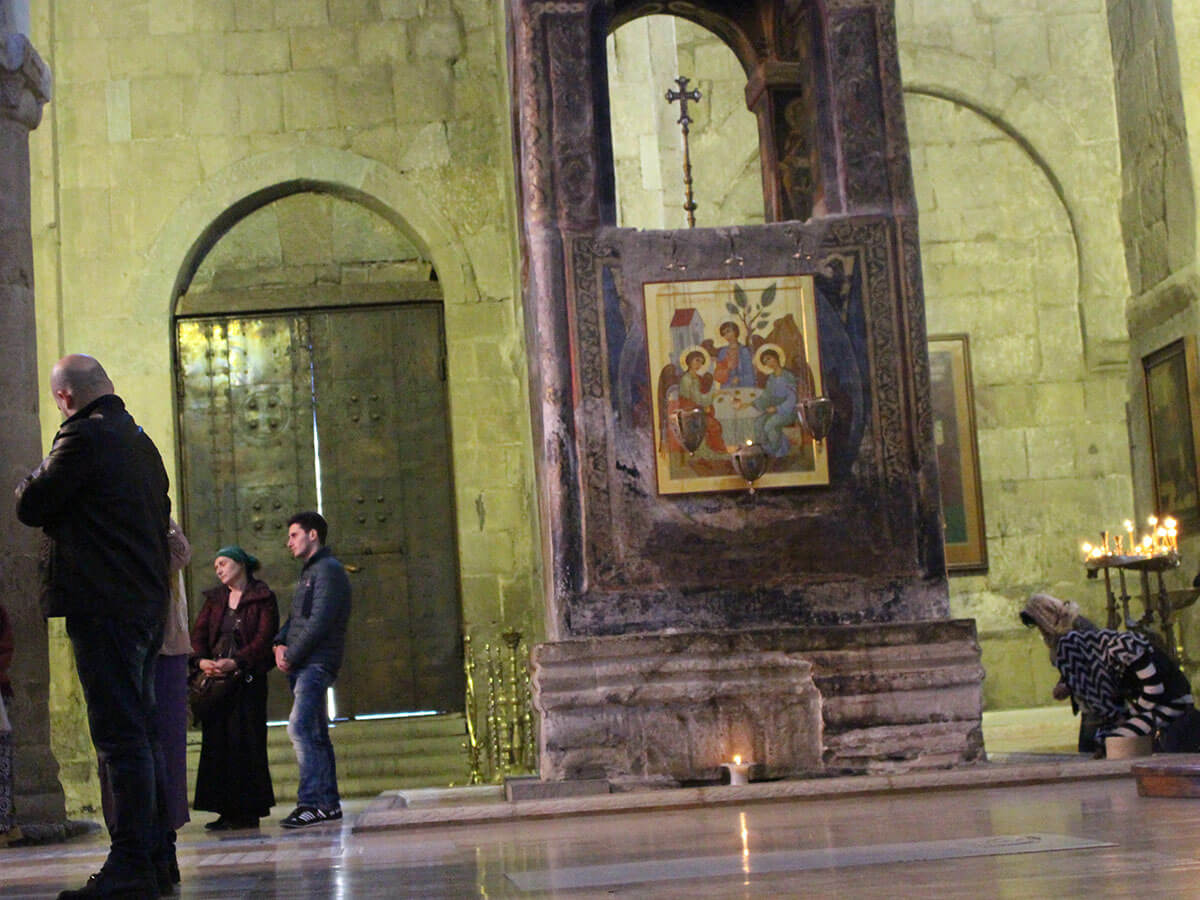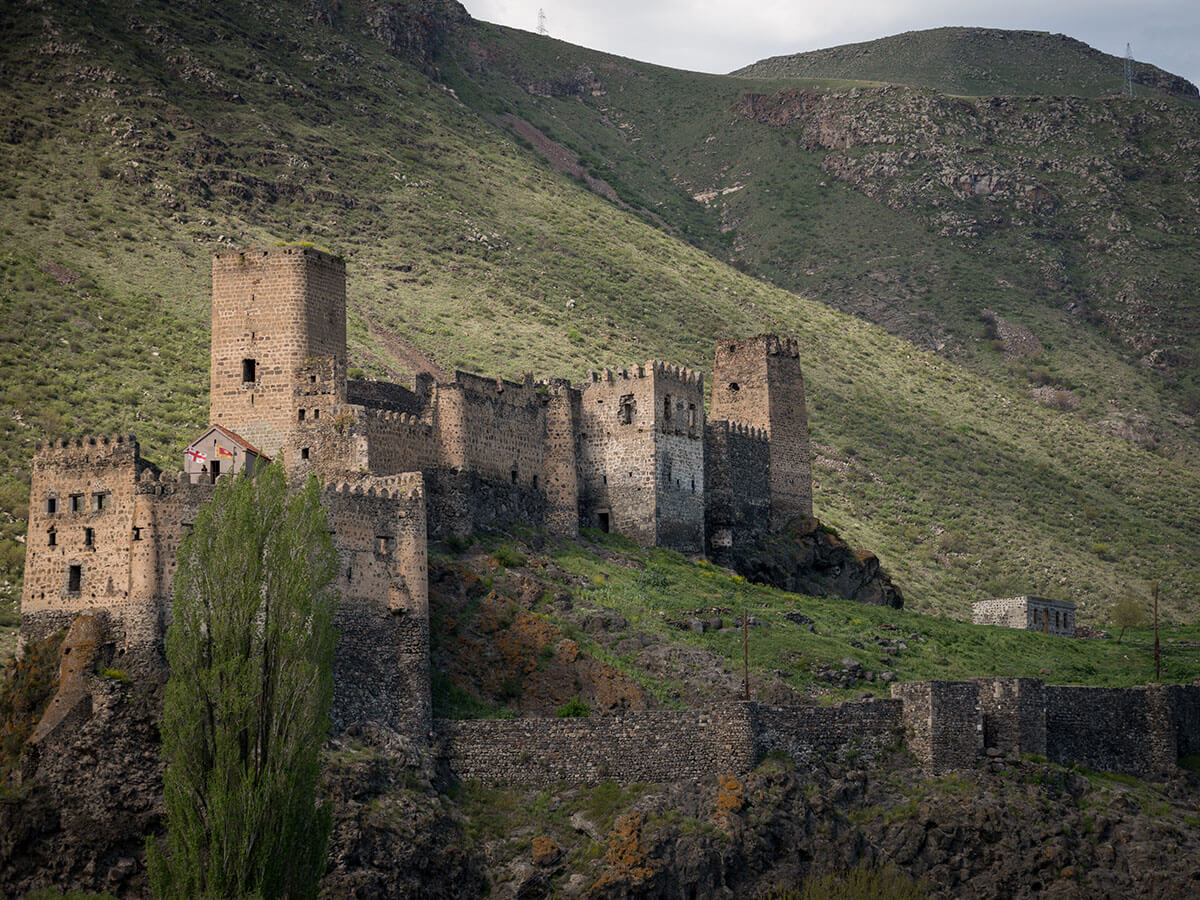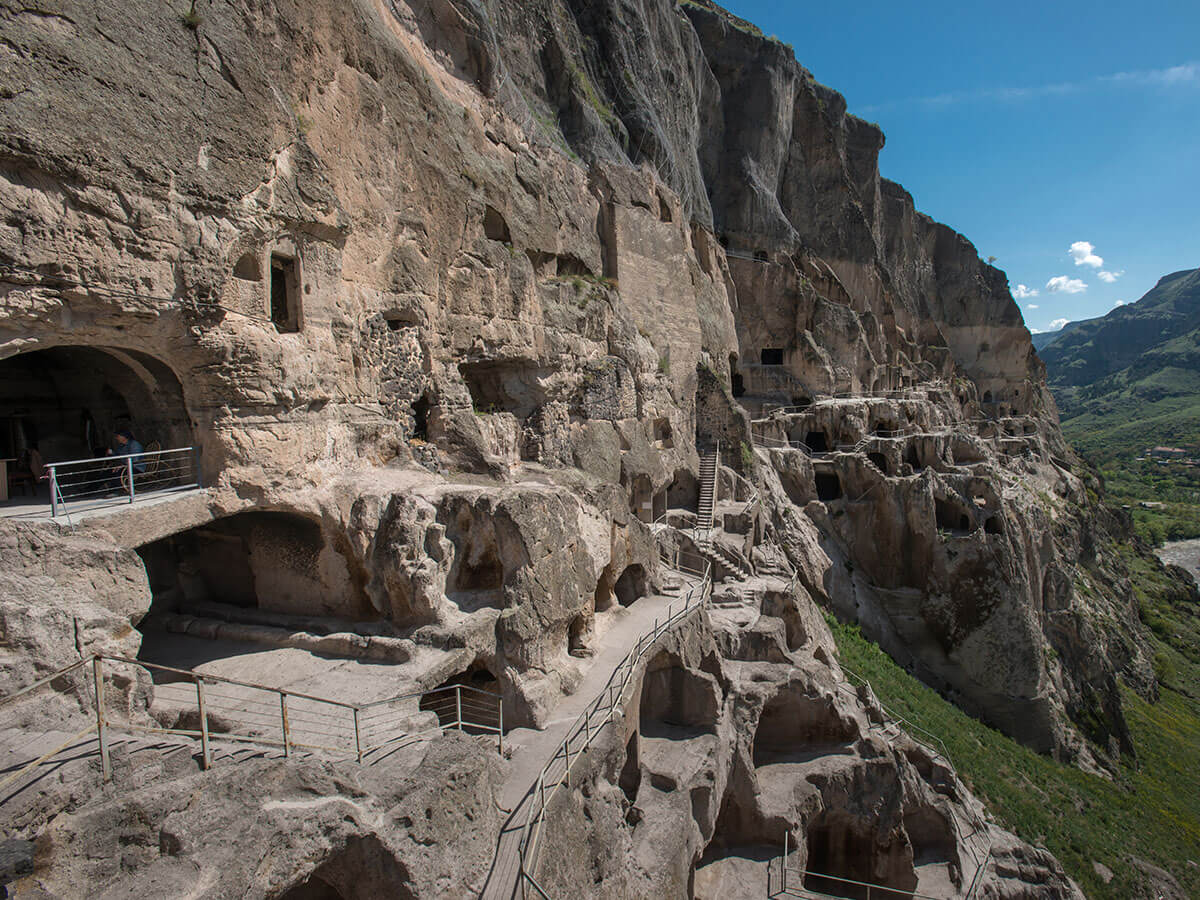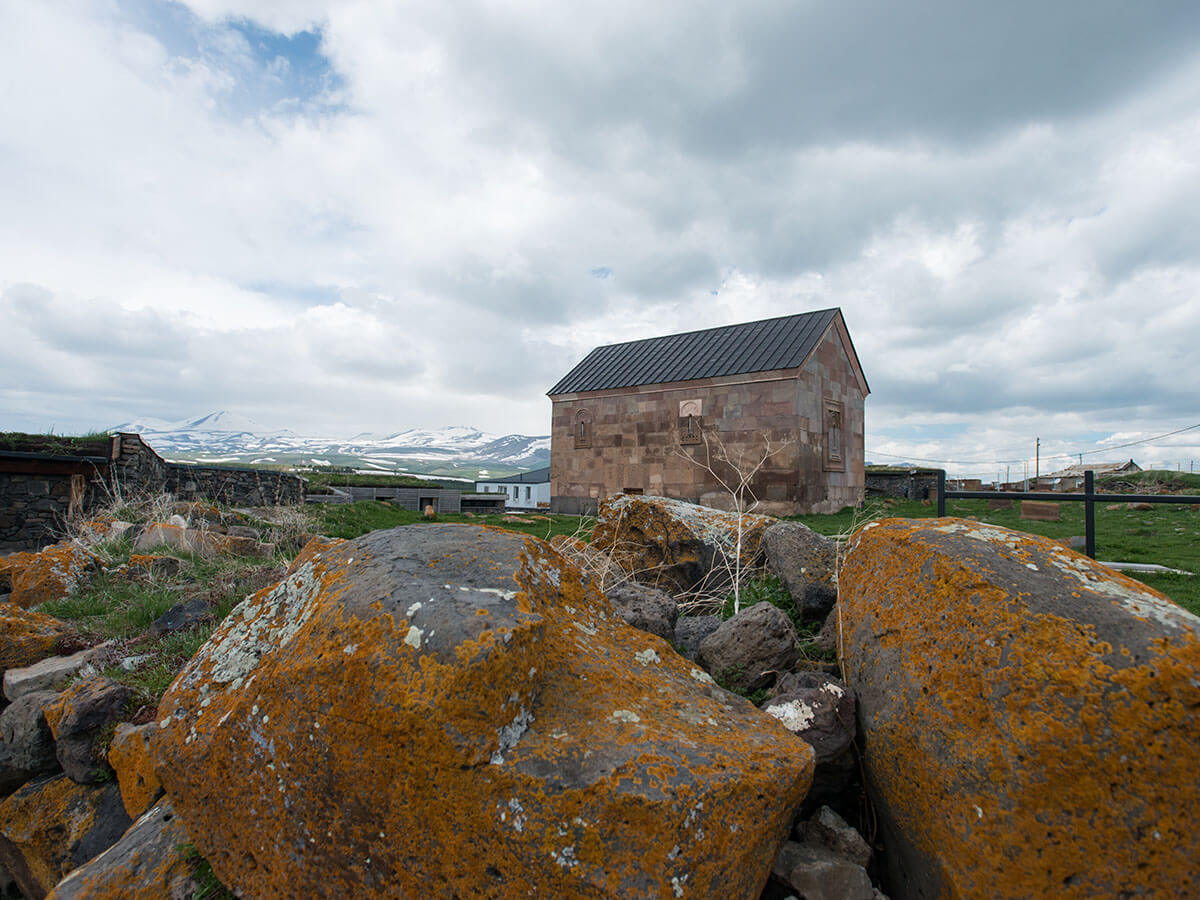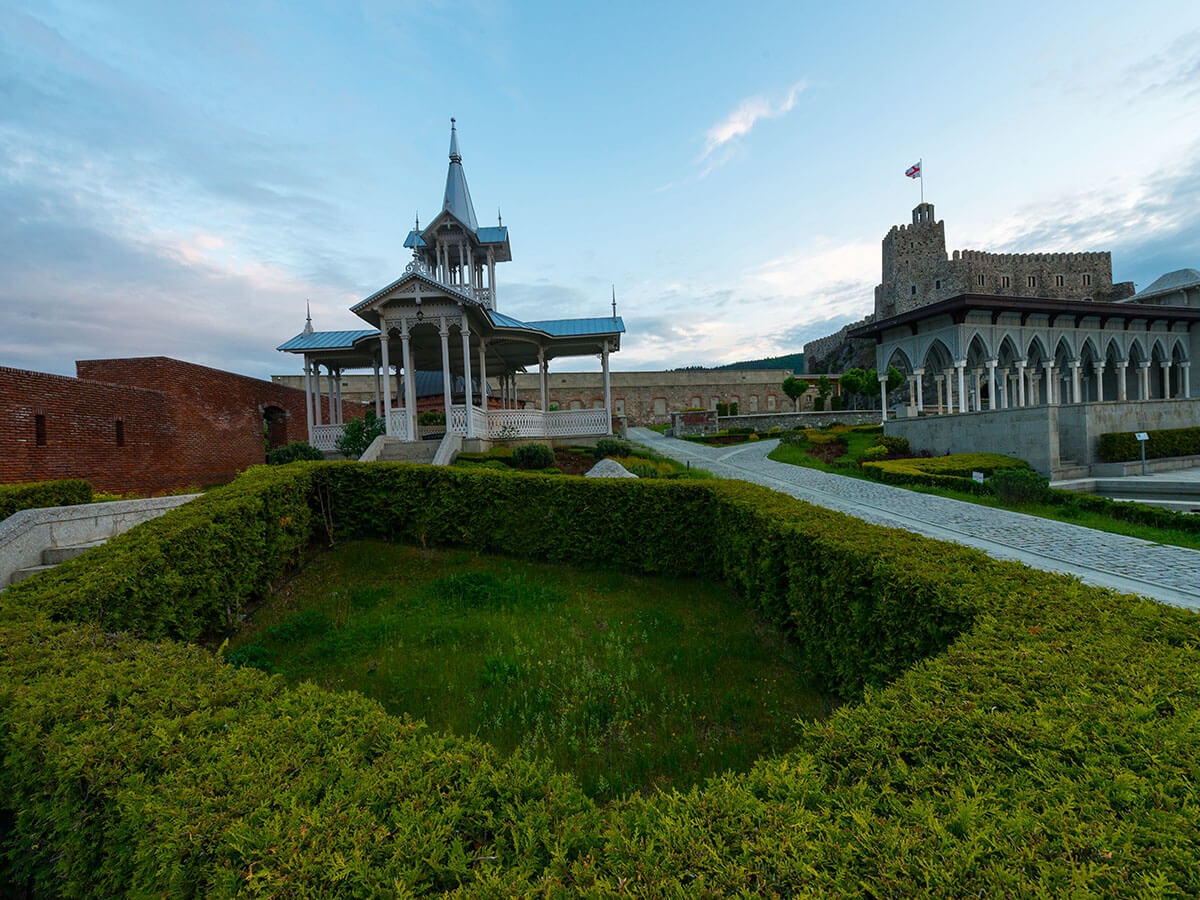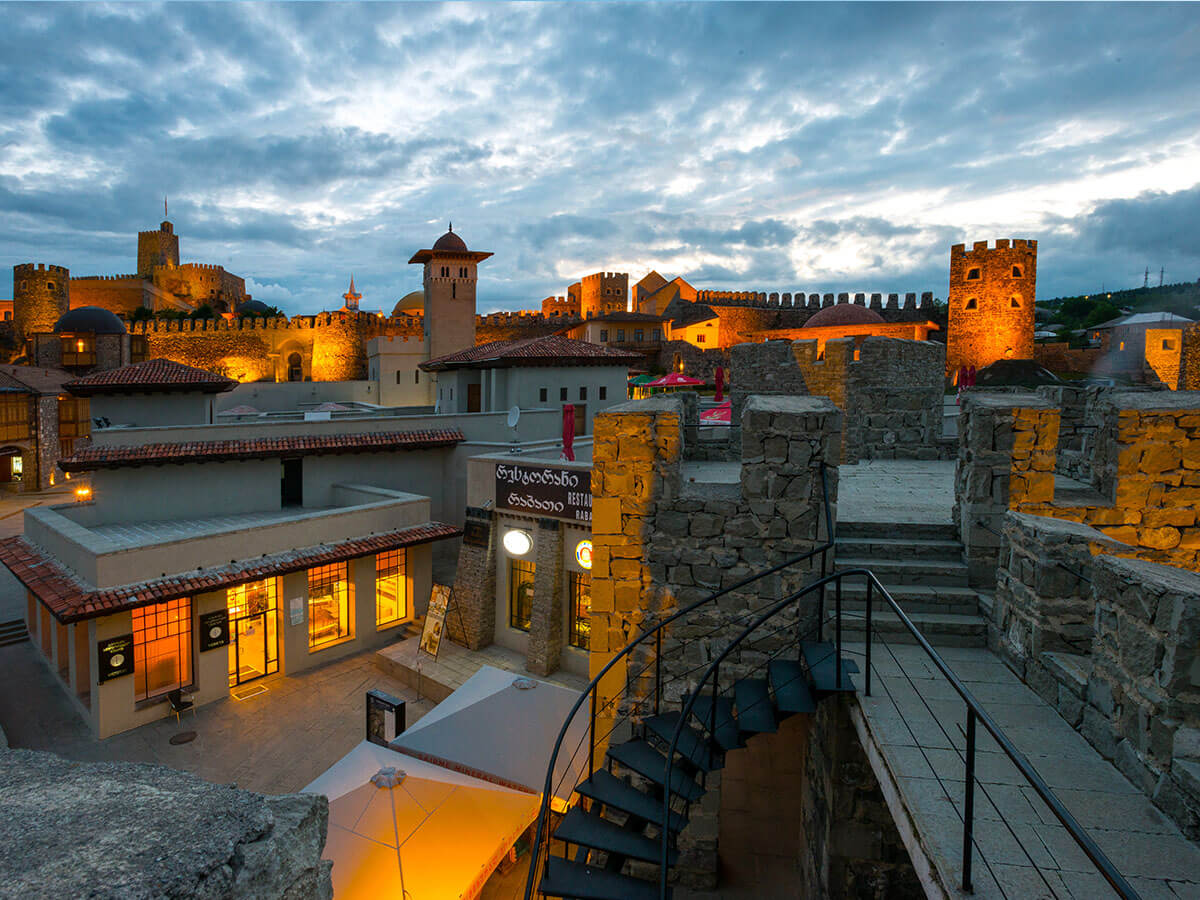East and South Georgia
The Heart of Georgia-A central historical part of the capital of the country - diverse and tolerant ″Old Tbilisi″ where the Eastern and the Western cultures meet, the center of the Caucasus. Here, you will learn how Tbilisi was founded, how the Tbilisians have lived for centuries and what makes the city so remarkable. You will see important sights, walk in the streets of historical districts and listen to the stories about the city
The old capital and religious center of Georgia, also known as ″the Second Jerusalem″. You will learn about the biblical stories and the history of the spread of Christianity in Georgia
World famous mineral water and beautiful valley covered with forest
″Great Meskhetia″ - The cultural center of the ″Georgian Renaissance″ of the Middle Ages. Golden age of Georgian history: Unique architecture carved into the rock city, monasteries and fortresses, the female ruler - Queen Tamara and the legendary poem ″The Knight in the Panther's Skin″
The monument to King Vakhtang Gorgasali, Metekhi Church (XII c.) standing on the cliff, Abo Tbileli Church (XX c.), River Mtkvari, One Hundred Thousand Martyrs’ Bridge, Meydan Bazaar, Jean Chardin Street, Tbilisi Karavanserai Museum, Sioni Cathedral where the Cross of St. Nino the Illuminator (VII c.) is kept, the Anchiskhati, which is one of the oldest churches of Tbilisi, where the Christ’s non human-made Icon (V c.) is kept, Revaz Gabriadze’s puppet theater, Freedom Square - the border between Old and Bourgeois Tbilisi, the Tbilisi Catholic Church (XIX c.), Gudiashvili Square, the Great Synagogue of Tbilisi (XX c.), the Glass Bridge, the cableway, the monument of ″Mother Georgia″, Narikala Fortress and the Botanical Garden, Tbilisi Mosque (XIX c.).
Abanotubani and Legvtakhevi, Mtatsminda with the cell (VI c.) cut in the rock and church of Assyrian Father St. David of Gareja (XIX c.); Funicular, Mtatsminda Pantheon of Writers and Public Figures, the grandiose Holy Trinity Cathedral (XX c.), Rustaveli Street - the central avenue of the capital; evening program: we will eat Georgian dishes at the restaurant and watch Georgian national dances.
Jvari Monastery, built on a mountain top (VI c.), Svetitskhoveli Cathedral (XI c.), where the greatest relic of the Christian world - the Christ’s non human-made Chiton, as well as a piece of the Cross on which the Savior was crucified, the robe of biblical prophet Elijah are kept; Samtavro Monastery (XI c.), where St. Nino the Illuminator lived near the blackberry bush in the Church yard. Here, in the Church, there rests Father Gabriel, an outstanding monk of modern times, whose relics are placed in a stone shrine...
Uplistsikhe (VI c. BC) – the world of sacred wisdom of pre-Christian Georgia; ″The City of Magi″ - the oldest complex carved in the rock; pagan shrines, halls and rooms cut in the caves, secret tunnel, Church of St. George (XII c.).
A pleasant green resort city surrounded by the mountains, famous for its mineral waters. A pleasant walk in the city Central Park where you can taste warm and sparkling Borjomi mineral water with medicinal properties, and thermal waters from the basins in the forest.
The Green Monastery is one of the oldest monasteries of the 9th century. The church of St. George is a basilica and bell tower of the 14th century. The very name ″Green Monastery″ alludes to the cozy abode, which is found in the gorge covered with a narrow strip of forest, on the bank of a mountain river.
The city of Akhaltsikhe – Rabati Fortress, built in the 16th century by the local princes, the Jakelis. Following the diversity of the Region, there are specimens of the Georgian, Ottoman and Russian architecture found on the territory of the recently reconstructed fortress.
Sapara Monastery is found in high mountains, 10 km from Akhaltsikhe. The Monastery is surrounded by an enclosure and towers. The Church of the Assumption of the Mother of God dated by the 10th century is on the territory of the Monastery. Next to it, there is a cross-cupola Church of Sabbas the Sanctified of the 13th century with the frescoes dated by the XIV-XVI cc.
Vardzia - a 13-storey rock-carved complex built by Queen Tamar in the XII century: a fortified city and monastery. It is one of Georgia’s main cultural attractions.
Vani Caves – a rock-carved monastery in the Mtkvari River gorge. The monastic complex consists of three parts and is located in the shape of an amphitheatre.
Tavkvetula - the St. John the Baptist Monastery and a rock-carved temple accessed through a narrow entrance from below.
Return to Tbilisi, free time in the city
